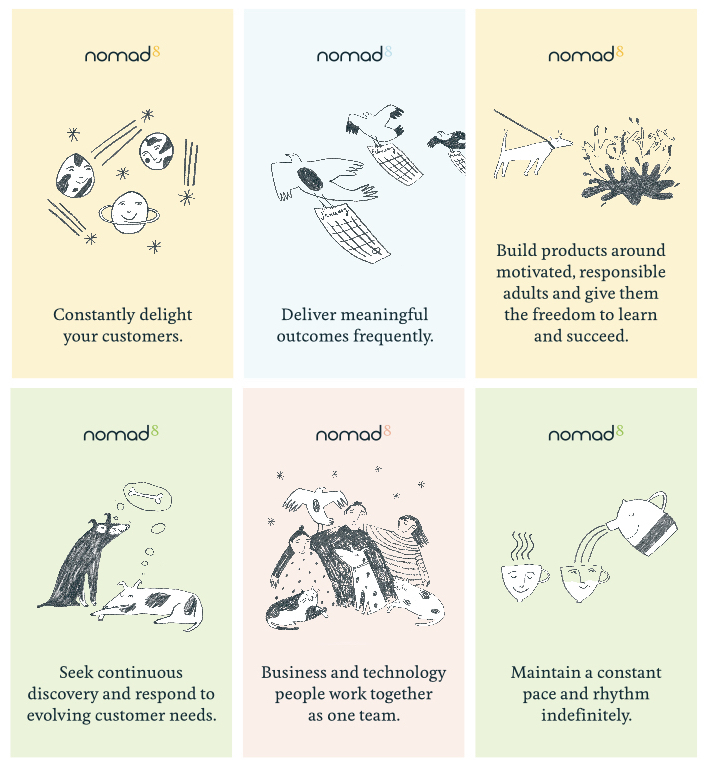The Impact of Agile Layout on Modern Product Advancement
페이지 정보

본문
 Intro
IntroToday's fast-paced market demands versatility, and Agile Layout is at the center of creating user-centered, versatile products. By merging agile techniques with a design-led way of thinking, Agile design for software Design motivates teams to generate items quicker, maximize for quality, and adapt to individual requirements. Companies looking for to stay affordable advantage significantly from adopting Agile Layout principles.
Agile Style Explained
Agile Design incorporates agile experiment style thinking. It leverages the nimble growth framework's iterative method, prioritizing fast comments cycles and user-focused changes. This structure allows design and growth groups to check, adjust, and enhance their items successfully.
Core Components of Agile Layout
Compassion for Users: A basic aspect of Agile Layout is compassion, guaranteeing that items resolve customers' authentic needs. This way of thinking drives the entire layout procedure.
Prototyping and Examining: By producing fast models, groups can rapidly confirm concepts. Examining these prototypes helps them make changes, which can minimize the chance of costly mistakes.
Joint Society: Agile Design flourishes on a joint environment. Cross-functional teams, consisting of designers, developers, and stakeholders, interact to make informed decisions.
Flexibility: Agile Style emphasizes the capability to pivot and make adjustments as insights from screening and individual responses come in.
Benefits of Using Agile Design
Agile Layout accelerates advancement timelines, permitting groups to rapidly release variations that can be repeated upon. This procedure creates a faster course to user responses, enhancing the item's use and importance.
Steps to Implement Agile Design
To begin, bring all groups together from the task's creation. Usage brief style sprints to concentrate on particular attributes, permitting quick prototyping and responses. This method will certainly cause an item that is not only useful but additionally user-centric and high-grade.
Today's hectic market needs flexibility, and Agile Design is at the center of creating user-centered, flexible items. By merging agile methodologies with a design-led frame of mind, Agile Style urges groups to create products faster, maximize for quality, and adjust to customer demands. Companies seeking to remain competitive benefit considerably from embracing Agile Layout principles.
Agile Layout integrates agile techniques with design thinking.
- 이전글조개모아 ※링크나라※ 시즌 커뮤니티 웹툰다시보기 24.11.12
- 다음글Understanding Sex Chatting 24.11.12
댓글목록
등록된 댓글이 없습니다.

